Pentax film camera: the latest news and rumours about the Pentax Film Project
What we know about the new hand-winding Pentax film camera
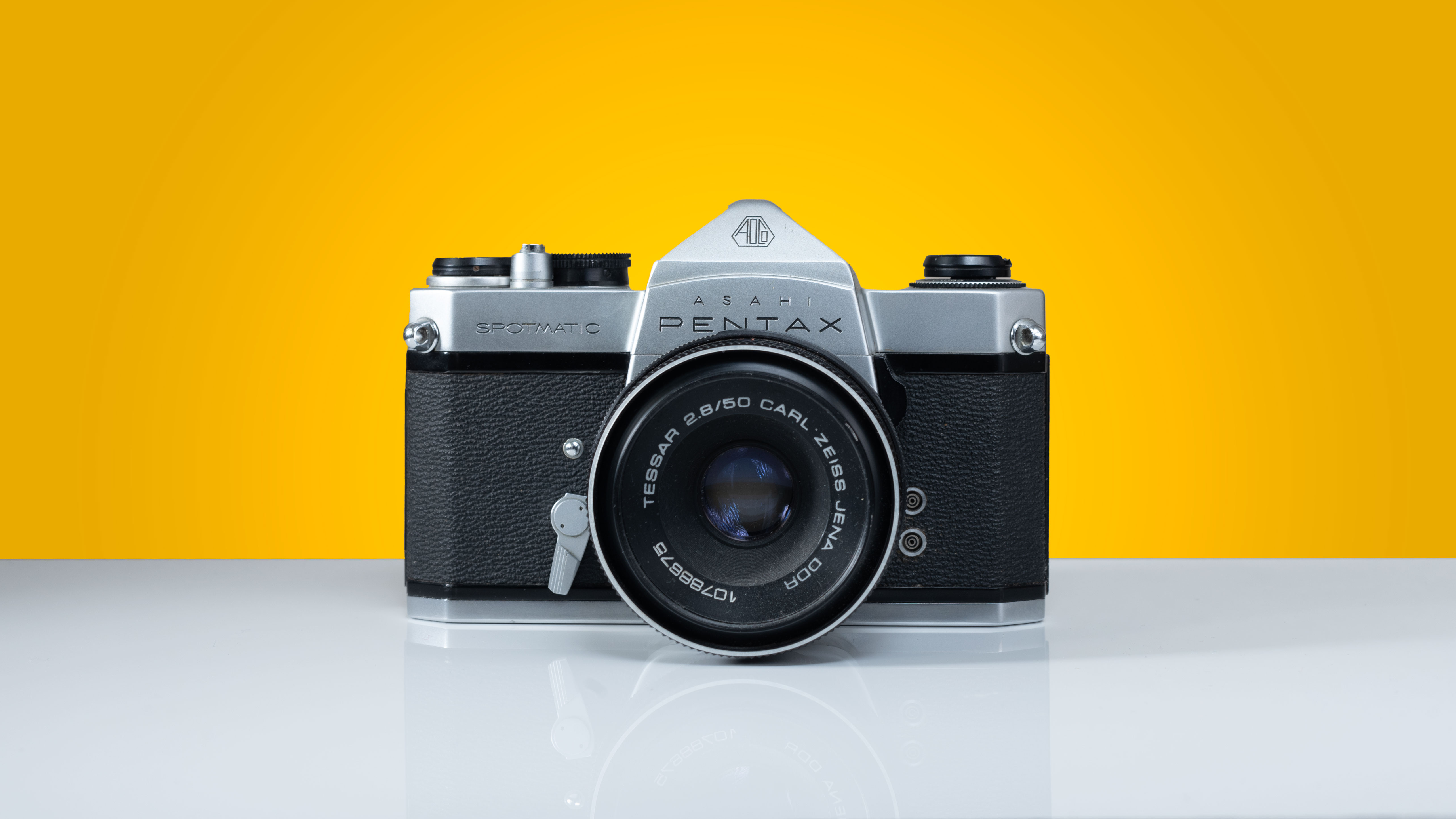
Analog photography’s not dead – not if Pentax has anything to do with it. Announced at the end of 2022, the Pentax Film Project has one goal: to develop and launch a new 35mm film camera for the TikTok generation.
Bold as that idea might sound, there’s evidence that Pentax is onto something. With the viral hype around the sold-out-everywhere Fujifilm X100V, interest in retro-style cameras has never been higher.
Two years after the project’s launch, we’re now on the cusp of that camera breaking cover. According to Pentax – or its parent company, Ricoh Imaging – its new film camera is due to be revealed in summer this year.
Thanks to a series of video stories charting the model’s development, we know that it’s aimed at entry-level photographers who are new to the world of film. We also know that it will feature manual elements as a nod to classic analog cameras, including hand-winding film advancement.
A post shared by PENTAX Film Photography (@pentax.film.photography)
A photo posted by on
To give you a full overview of what Pentax’s new film camera could have in store when it hits shelves, we’ve rounded up all of the information that’s currently available online. From potential release date to price and design, you’ll find all of the latest Pentax film camera news below.
We’ve also given our verdict on which features are most likely to make it into production.
Pentax film camera: Release date and price
Neither the name nor the price of the new Pentax film camera have been officially revealed, but we can draw a few clues from what Pentax has said about the camera’s target market and development process.
Get daily insight, inspiration and deals in your inbox
Sign up for breaking news, reviews, opinion, top tech deals, and more.
We know from Pentax that the new film camera is designed for “younger photographers to fully enjoy taking photos as they enter the world of film photography.” We also know that the camera will shoot half-frame vertical photos (see below), in part as a way to address the high cost of film in 2024 by maximising value from each frame.
Both of these factors suggest that the new Pentax film camera will be priced in a way that’s accessible to younger photographers. But defining entry-level is easier said than done in a camera genre that’s been relatively dormant for more than a decade – particularly when Pentax has spent a full year developing and prototyping the new model.
As noted in an interview with Digital Camera World, Pentax faced several hurdles building a film camera from scratch. Ricoh’s own press release from March 2024 notes that the Film Project team had to “overcome a broad range of difficult and complicated issues,” including the need to procure parts.
Whether this will have an impact on the retail price for the camera remains to be seen. We’ve love to see a $250 / £200 / AU$375 price tag that puts the new model within genuine reach of many new photographers. In reality, we think it will cost significantly more. Arguably its closest rival is the Polaroid I-2 – one of the best instant cameras – which, like the Pentax, features manual controls. It retails at $599.99 / £599 / €699.99, which might be a more realistic ballpark for the Pentax.
Pentax film camera: Design and interface
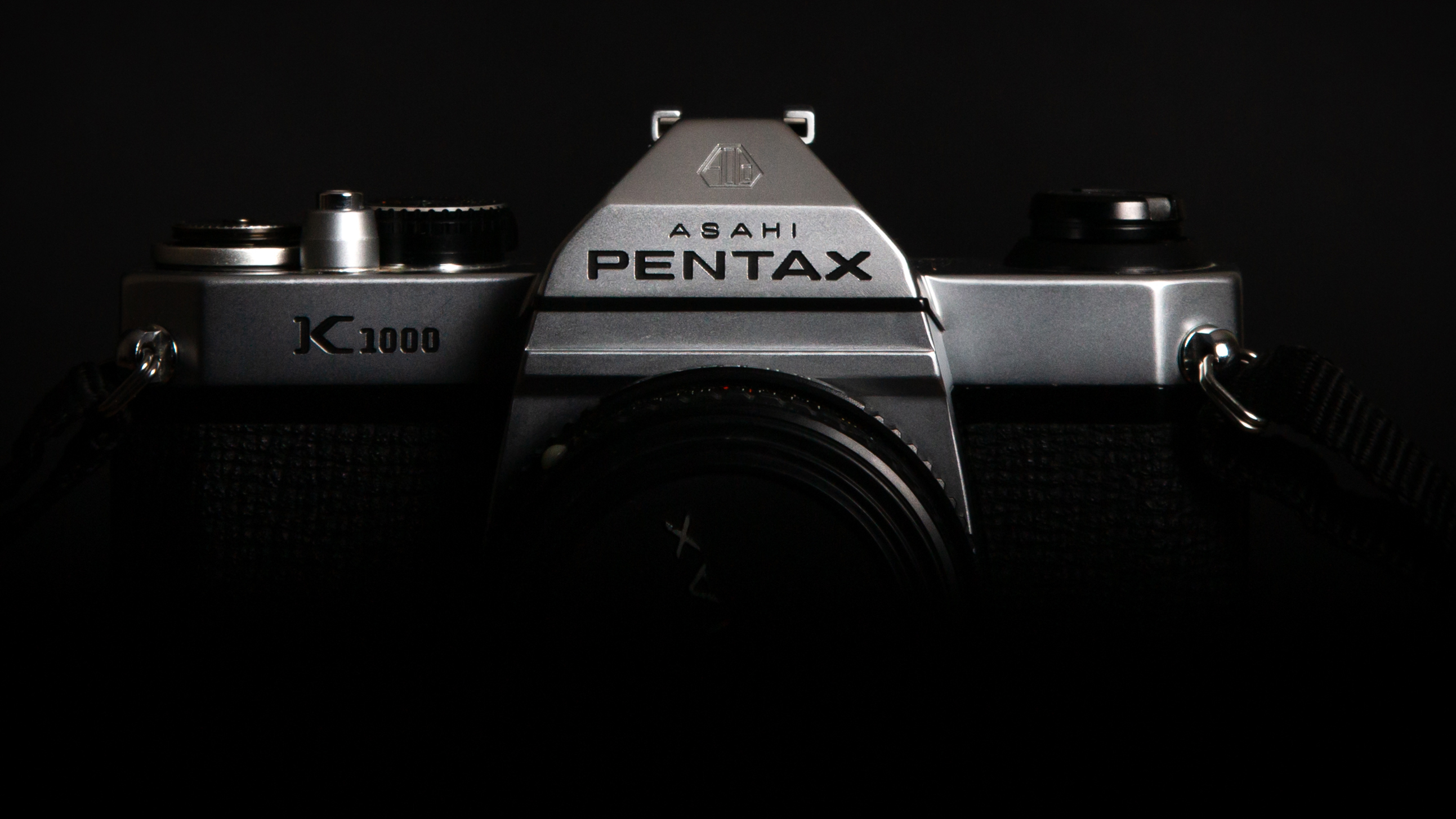
Pentax has confirmed that the new model will be a “35mm-format compact film camera”. As reported by Digital Camera World, Takeo Suzuki (Product Planner and Designer) has also stated that they want, “people to carry it around like a smartphone.” Both statements suggest that the model will be tidily packaged, with compact proportions that make it easy to travel with.
Beyond this, we know precious little about the styling of the Pentax film camera, although we can surmise from certain references – and the wider context – that it will adopt the kind of vintage look that has made models like the Fujifilm X100V such a huge hit with Gen Z.
According to Pentax, the lens design has been inspired by the Ricoh Auto Half, which launched in 1962, and the Pentax Espio Mini, launched in 1994. Both bear the ‘retro’ hallmarks of their respective eras and, while the styling itself won’t necessarily take cues from those cameras, the signs are promising for photographers in the market for nostalgia.
As for the interface, we know from Pentax that the film camera will offer a hybrid of automatic and manual functions, combining ease of use for novices with the tactile satisfaction of analog inputs. Pentax has confirmed that the camera will have automatic aperture and shutter speed control, allowing users to operate the camera as a point-and-shoot.
But it has also referenced the ability to “manually change some settings”, potentially via “dial control”. Pentax hasn’t elaborated further on what shooting modes might be included on such a dial, but it suggests that the film camera will offer room for manual creativity beyond the default automatic setting.
The element that’s arguably made the most headlines is the camera’s “hand-wound film advance mechanism”. This manual lever harks back to the origins of SLR film photography. Together with the crank that will be used to rewind film when you’ve finished shooting on a roll, it fulfils Pentax’s promise of a genuine analog shooting experience. Pentax itself has admitted that a motorized unit would have made assembly easier, but it wanted users to “enjoy the action and sound of winding/rewinding operations.”
Pentax has also acknowledged that concerns about reliability and repair costs give people pause for thought before purchasing vintage analog cameras, particularly when the cost of a ruined film roll is higher than ever. This suggests that Pentax has considered the robustness of its new camera, something backed up by the inclusion of a full manufacturer warranty.
Pentax film camera: Format and focal length
One of the key features of the Pentax film camera is that it will shoot half-frame images, meaning it will capture two shots per standard frame of 35mm film. This isn’t a new concept: it’s been used on classic cameras like the Ricoh Auto Half mentioned above, as well as more recent experimental models like the Lomography Diana Mini.
Traditionally, the half-frame format has been posited as a way of telling stories by contrasting different scenes and subjects across a composite image. While Pentax references this as one reason for using the format, its other motivations for reviving half-frame photography are very much rooted in 2024.
One is cost: shooting two photos per frame doubles the number of photos you get from a roll of film. That means you’ll get 48 stills from a 24-exposure roll, or a generous 72 on 36-exposure film – assuming none are lost in processing. Given the current price of film, the half-frame approach reduces the cost-per-shot for new photographers, making the experience more accessible.
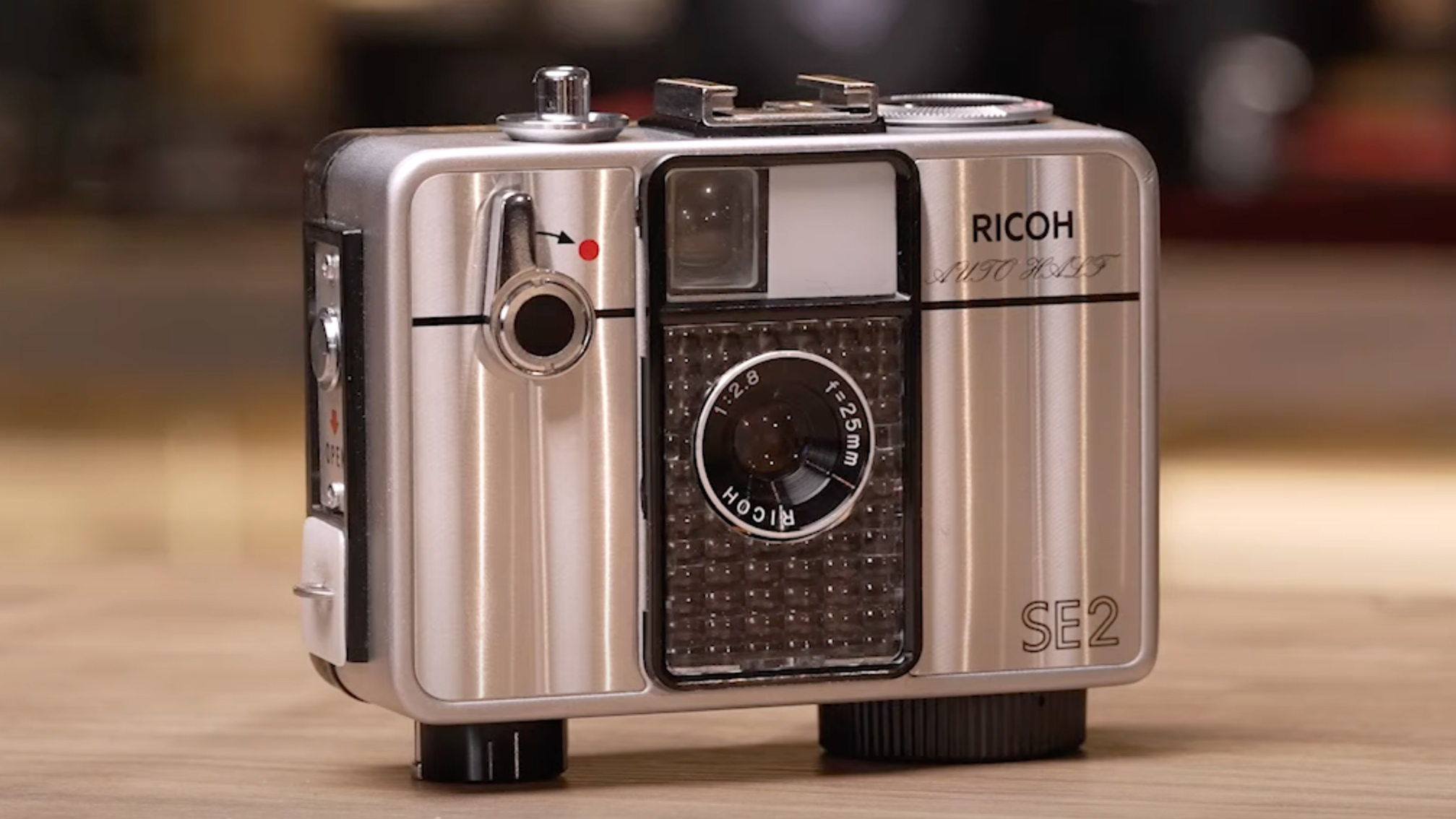
Pentax’s other justification is just as prescien. While its new camera might be analog, Pentax knows that its audience is primarily digital, which means most users will, in one way or another, want to share the resulting photos online. And online, a vertical aspect ratio is king. By shooting half-frame, all images will come out portrait. So however photographers choose to digitise their film prints, they’ll be proportioned correctly for social media.
As mentioned above, the optical design of the camera’s lens is inspired by both the Ricoh Auto Half and the Pentax Espio Mini. The former featured a fixed-focus 25mm f/2.8 lens, while the latter deployed a 32mm f/3.5 prime.
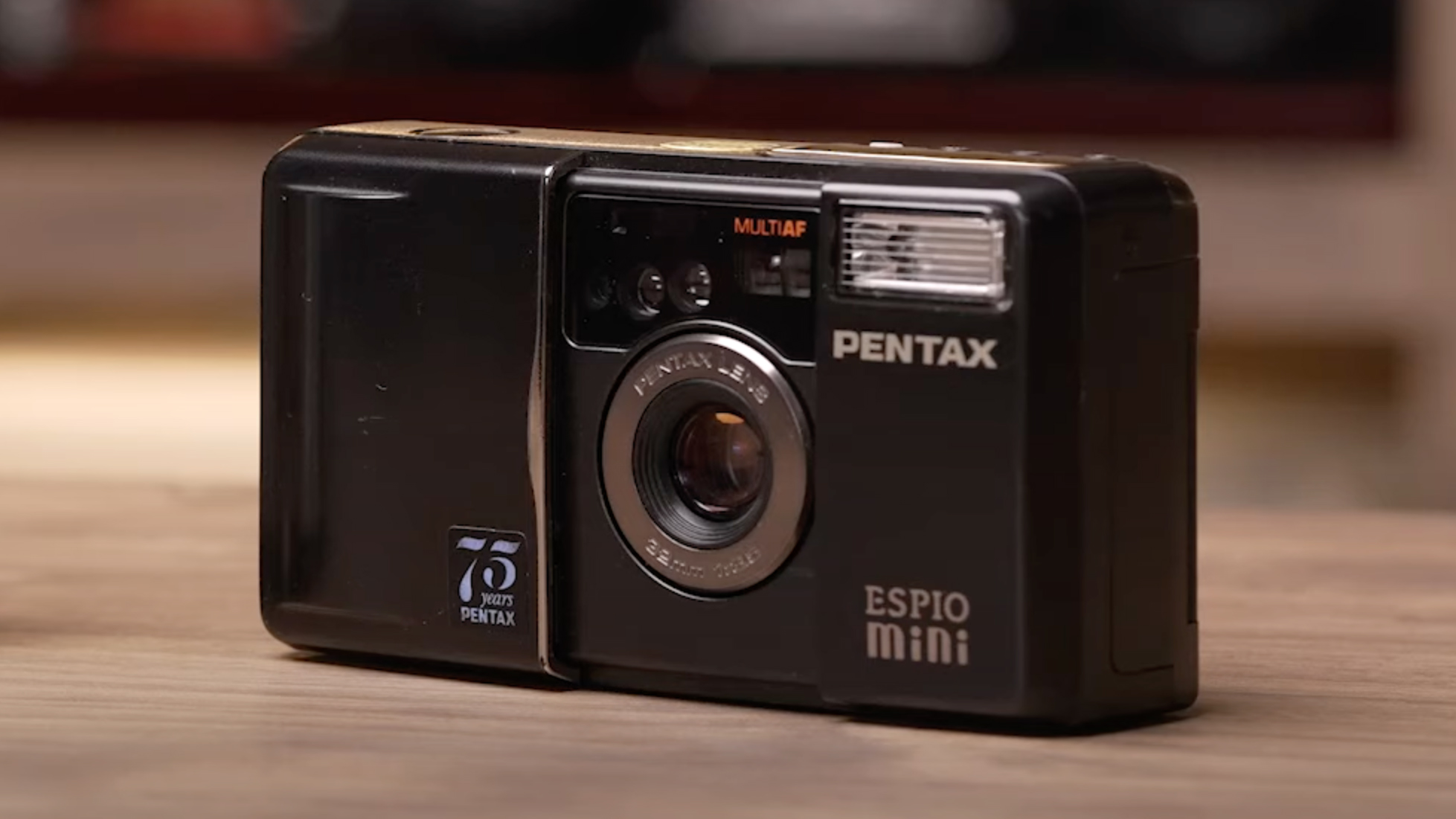
It’s easy to see why Pentax would choose a focal length and aperture combination somewhere between the two.
A 28mm lens would give a natural perspective that’s versatile for framing in the kind of point-and-shoot scenarios where most people are likely to use it, while an aperture of around f/2.8 will nail the shallow depth of field effect that has captured the hearts and minds of Gen Z.
Pentax film camera: Features and performance
As for the mechanics of shooting with the Pentax Film Project camera, Pentax has already revealed a fair amount about how the camera will operate. At its core is an electronic shutter, with automatic aperture and shutter speed to make shooting simple for first-time users.
According to Pentax, the electronic shutter has been customized for use in a film camera, with a view to eliminating the exposure issues that might be faced by someone new to manual photography, therefore limiting the number of wasted frames.
As above, Pentax has confirmed there will be some degree of manual control, although it’s not clear yet how much freedom users will get. Given Pentax’s comments about under/overexposure, we think manual modes may be limited to shutter speed and aperture priority. This would allow users a degree of creative flexibility, while automating the remaining settings to ensure that results remain broadly usable in most conditions.
The focus setup also highlights this hybrid of electronic and manual. Users of the Pentax film camera won’t get the benefit of modern autofocus; instead, they’ll have to master the ‘zone focusing’ technique. Manually adjusted using a ring around the lens, this traditional system sets the focus based on the distance of the subject from the camera.
This pre-set approach works particularly well at focal lengths of 35mm and below, in the kind of street and party settings where the Pentax film camera will presumably be popular.
Pentax has also confirmed that it would like to give new users a helping hand, by way of “a mechanism that tells you the selected focus zone at a glance when you look into the viewfinder.”
This feedback element should flatten the learning curve for beginners, while still leaving room for the happy accidents that result from zone focusing. These happen when subjects become softly defocused at the boundary between one zone and the next, an effect replicated by countless digital filters across Instagram and TikTok.
Pentax film camera rumors round-up
Pentax has been relatively transparent about what we can expect from its upcoming film camera. A compact 35mm model designed with young photographers in mind, it encompasses both analog and electronic features. Taking inspiration from the Ricoh Auto Half, it will shoot half-frame images on standard film rolls, doubling the number of potential exposures while delivering vertical stills that are better suited for sharing online.
Aperture and shutter speed will be controlled automatically, while the film-advance will use a manual lever and rewinding crank. Instead of autofocus, the camera will rely on traditional zone-focusing, with some kind of indicator in the viewfinder to provide extra clarity.
The specifics of some of these features are less certain, such as the degree of manual control, the focal length of the lens and the actual look of the camera. While the model will be targeted at beginners, we don’t have any firm word on pricing – nor do we know when exactly in summer 2024 we’ll get to meet it.
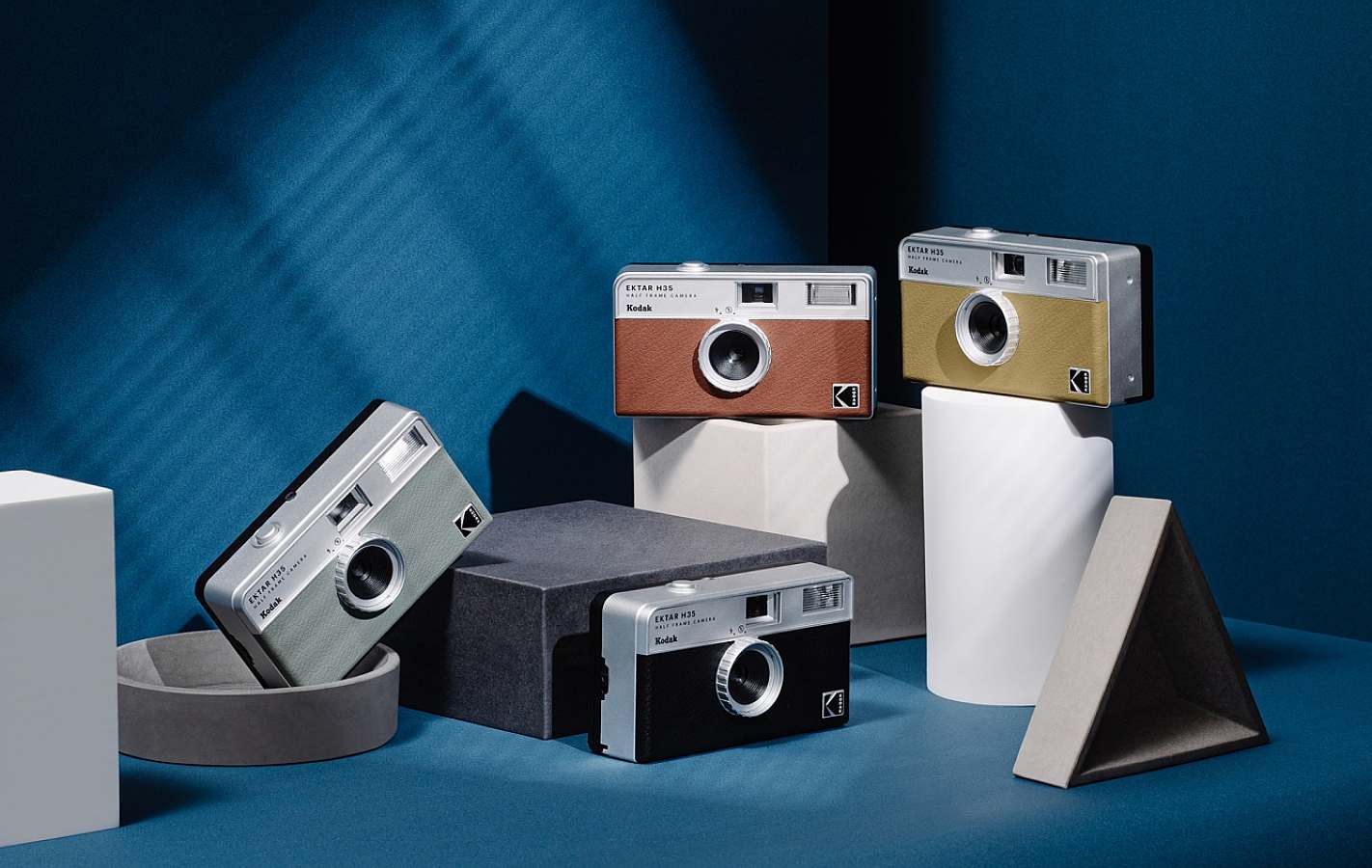
What’s clear is that, when it does finally break cover, the Pentax film camera will aim to inspire a new generation of analog photographers. While some enthusiasts will be disappointed by the lack of interchangeable lenses, the new model is intended to capture the current enthusiasm for vintage photography. If successful, it could prove a gateway to a wider revival of the genre and, potentially, lead to the introduction of other film camera projects by Pentax.
This isn’t the first film camera to hit the market in recent years. But where models like the similarly half-frame Kodak Ektar H35 favored total simplicity with fixed focus, aperture and shutter speed, the Pentax Film Project offers something altogether different.
On the one hand, you have an accessible, hybrid reimagining of an analog camera, designed to ride the retro trend that enjoys viral popularity among Gen Z. On the other, you have a modern half-frame film camera with quality optics, an electronic shutter and zone-focusing, as well as a degree of manual control – all of which should see it appeal to enthusiasts, too.
You might also like
Formerly News Editor at Stuff, Chris now writes about tech from his tropical office. Sidetracked by sustainable stuff, he’s also keen on cameras, classic cars and any gear that gets better with age.
